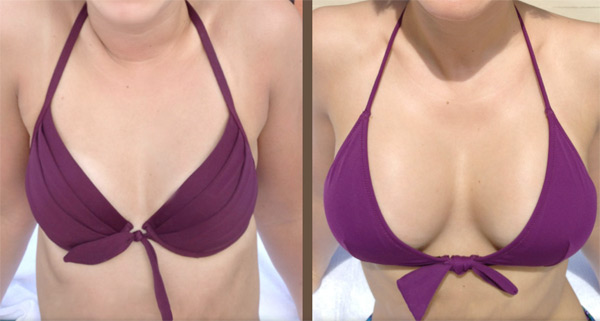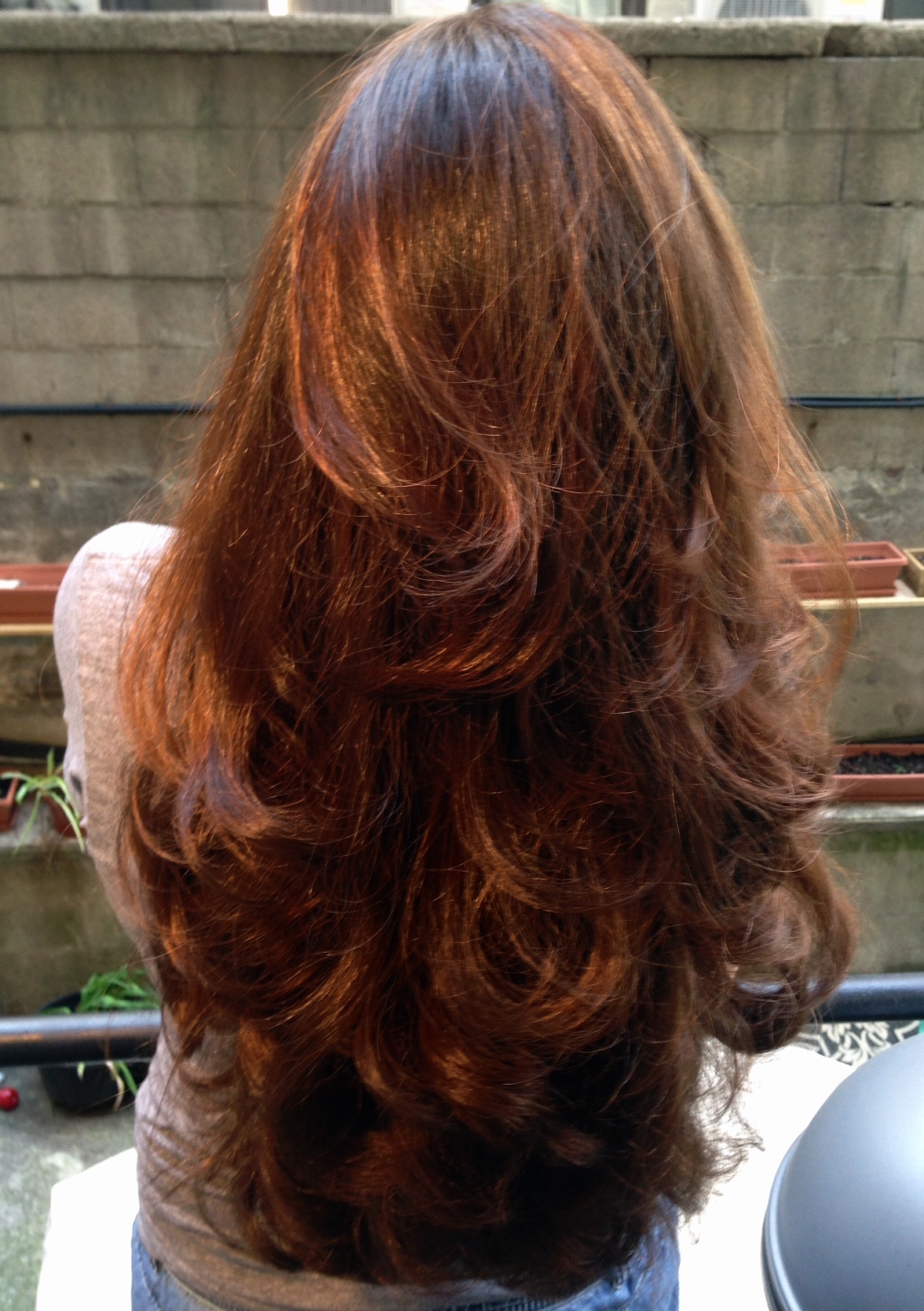Curious how the IDEAL Implant works compared to traditional silicone gel implants? It’s kind of shocking.
There are a lot of reasons women choose to get breast implants— from just generally not liking the size of their natural breasts to breast reconstruction, but in general, women have reported to their doctors that they prefer the look and feel of silicone gel implants versus saline implants. Why? Because silicone gel has, until very recently, been the most ‘natural feeling’ implant that also doesn’t cause the rippled look that has sometimes been reported with the old style saline implants. Silicone gel, however, has come with a host of safety precautions including regular MRI scans that might be considered costly and inconvenient for the average breast implant patient. The IDEAL Implant, a relatively new innovation in the field of breast augmentation, just started to shake all that old ideology up, though.

24 year old patient 1 week after Ideal Implant breast augmentation, via RealSelf
“Some women have always had small breasts and want an augmentation to enhance their volume, to achieve a shape and size they have never had. Augmentation is also requested for congenital breast asymmetry, when you are born with two different sized breasts and are looking for better symmetry. Many women have lost breast volume after pregnancy or weight change, and want to renew their breast size with breast /augmentation,” suggests Bonnie Baldwin MD, Plastic Surgeon from Houston, Texas. “I present both silicone and saline breast implant options for augmentation. Currently the majority of patients choose silicone filled implants. However, I see a significant number of patients in my practice that feel more comfortable choosing saline implants for the safety of knowing when the implants are leaking. They understand they will not know when the silicone implant is leaking except when and if they have x-ray studies of mammograms and an MRI.”
READ MORE: 10 Breast Implant Facts You Should Know
It’s pretty scary to think about how many women are walking around right now with even slightly leaky silicone gel implants, even though the risk of leakage is relatively small. According to this article, newer silicone implants (from 2006 and beyond) have an even lesser risk of leakage. Aside from silicone gel not being a substance naturally found in the human body, the reality is just that many women are not diligent about their regular MRIs— and that’s exactly where and why saline implants can be a valuable tool in achieving peace of mind for breast augmentation patients.
“The FDA reapproved the safety of silicone breast implants for breast augmentation in 2006 after multiple in-depth studies. However they indicated that a ruptured silicone implant, with a tear or hole in the outer shell, is not safe and needs to be removed. It is inconvenient for women and plastic surgeons to follow the recommendation by the FDA for an MRI at 3 years and every 2 years after silicone breast implant placement to see if the implant is leaking. Insurance does not cover this cost. When a silicone implant leaks or the shell tears, the physician and the patient cannot tell by the feel or on physical exam – you can only tell by x-ray studies of a MRI and mammogram. If the silicone filling leaks, and breaks out of the surrounding fibrous capsule (such as during a fall); free silicone in breast tissue causes hard lumps that can be felt, and that can interfere with readings for breast cancer on mammogram. Silicone in the breast tissue requires removal of the involved breast tissue.”
For the average woman just looking to improve her confidence and love the way she looks, this is a lot to think about. Not every woman has the time or financial resources to devote to regular MRIs (a single MRI can run thousands of dollars, and typically is not covered by insurance because breast implants are considered non-essential), and plastic surgeons are starting to suggest the new Ideal Implant for this reason. Essentially, it’s a saline implant that has the texture and feel of a silicone gel implant. It offers better texture than traditional saline implants— no rippling, and the safety of only saline leaking into the body in the unfortunate case of a tear or rupture.
“The Ideal Implant has a unique design comprised of 2 chambers and an inner shell with perforations that controls the flow of the saline as the implant moves with body activity. This makes the saline fluid feel and move more naturally. A traditional saline implant has a single chamber, and the saline moves quickly, like the waves in an older water bed, which does not feel as natural.”
There’s no difference in how the Ideal Implant is placed when compared to other implant options. Any of the three typically used incisions (inframammary, axillary, or periareolar) can be used. Better yet, based on the five year follow up data, the Ideal Implant looks like it has a low failure/leakage rate when compared to other implants currently on the market. It’s been years since the breast implant market has really changed dramatically, but it looks like that’s about to happen considering the surgery is essentially the same for women, including cost.
“With the new option of the Ideal Implant, which has a more natural feel with the safety of saline, there may be a trend towards less silicone gel.”









The majority of women that get breast implants < are hookers (gold-diggers) !?